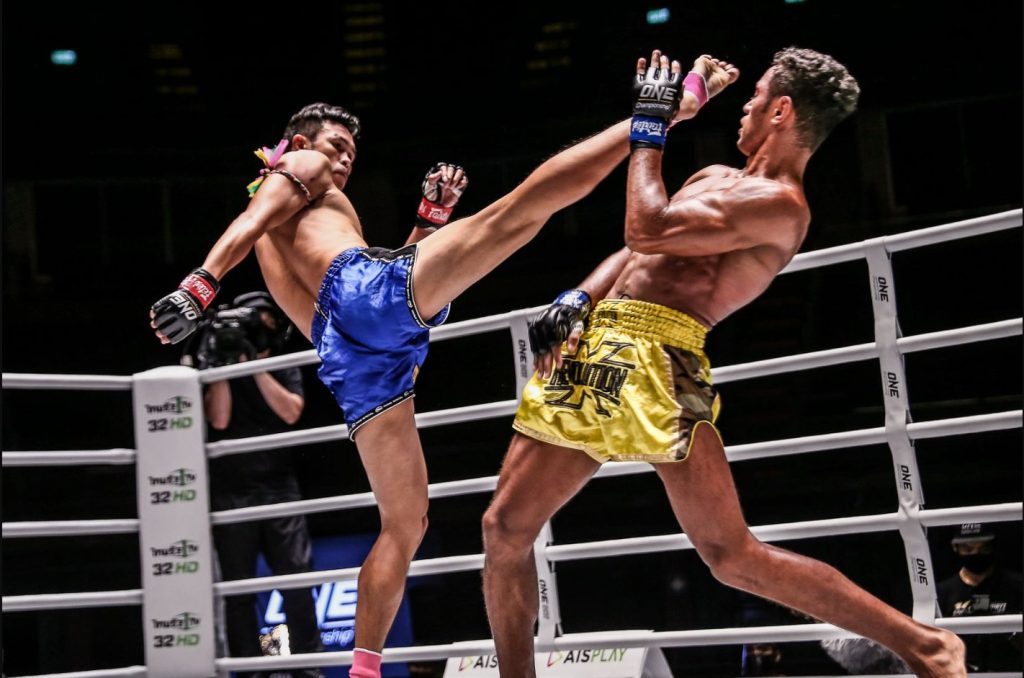Is Muay Thai Kickboxing 2025?
When people first encounter Muay Thai, one of the most common questions they ask is, “Is Muay Thai just another form of kickboxing?” At first glance, the sports may appear similar — both involve punching and kicking, and both are contested in a ring. However, the truth is more nuanced. While Muay Thai is often categorized under the umbrella of kickboxing, it is a distinct martial art with unique origins, rules, and techniques.

Crazy Time: Table of Contents
This article explores the differences and similarities between Muay Thai and kickboxing, their histories, techniques, rules, and global influence — supported by tables for clearer understanding.
What is Kickboxing?
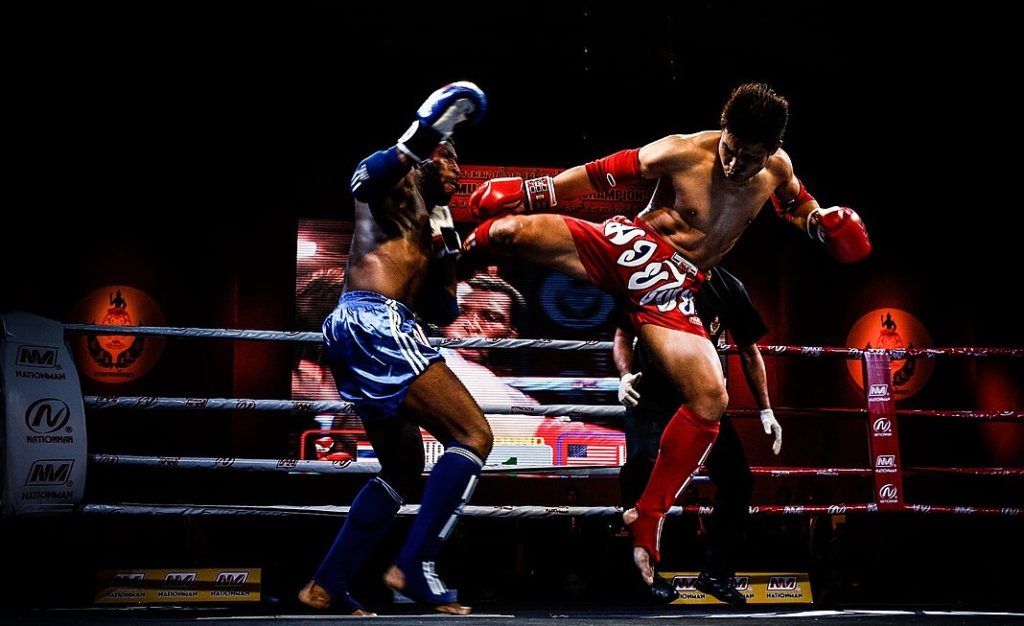
Kickboxing is a hybrid combat sport that incorporates punches and kicks. It originated in the mid-20th century, drawing influence from karate, boxing, and Muay Thai. There are several different styles and rule sets depending on the region, including:
- American Kickboxing
- Japanese Kickboxing
- Dutch Kickboxing
| Type of Kickboxing | Region of Origin | Key Influences |
|---|---|---|
| American Kickboxing | USA | Boxing, Karate |
| Japanese Kickboxing | Japan | Muay Thai, Karate |
| Dutch Kickboxing | Netherlands | Muay Thai, Western Boxing |
What is Muay Thai?
Muay Thai, or “The Art of Eight Limbs,” is a traditional Thai martial art with a history dating back hundreds of years. It uses eight points of contact: fists, elbows, knees, and shins. Unlike general kickboxing, Muay Thai also places heavy emphasis on clinching techniques, spiritual rituals, and cultural traditions.
| Feature | Muay Thai |
|---|---|
| Origin | Thailand |
| Techniques | Punches, kicks, elbows, knees, clinch |
| Cultural Aspects | Wai Kru, Mongkhon, Pra Jiad |
| Professional Scene | Strong national and international presence |
Key Differences Between Muay Thai and Kickboxing
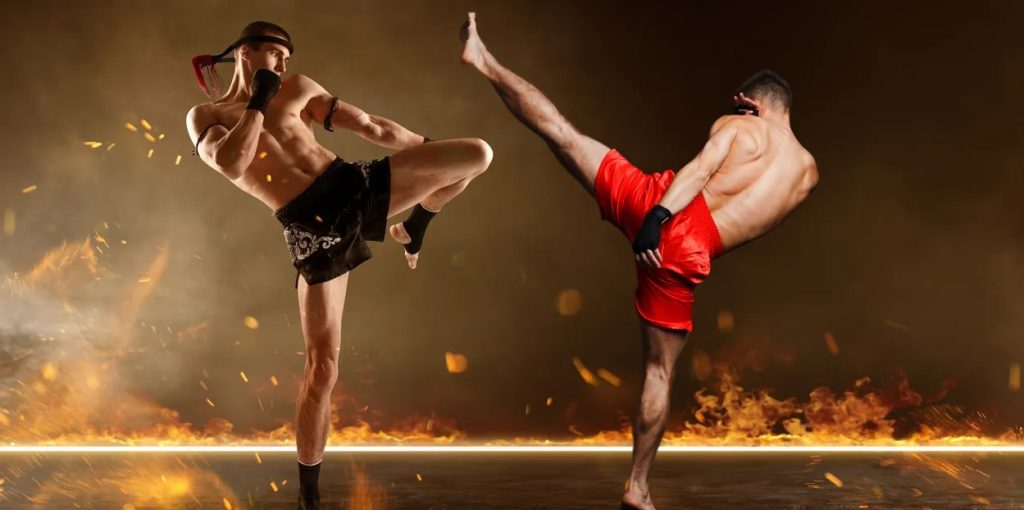
Kaisi Time: Muay Thai vs. Kickboxing
| Category | Muay Thai | Kickboxing |
|---|---|---|
| Striking Points | 8 (fists, elbows, knees, shins) | 4 (fists and feet only) |
| Clinch | Allowed and heavily used | Limited or not allowed |
| Elbow Strikes | Allowed | Often banned |
| Sweeps & Throws | Common and legal | Rare or illegal |
| Fighting Rhythm | Slower, more deliberate | Faster, more explosive |
| Scoring Emphasis | Damage, balance, and effectiveness | Volume and aggression |
| Cultural Elements | Rituals (Wai Kru, Mongkhon) | Minimal or absent |
| Ringwear | Traditional armbands, shorts | Boxing-style gear |
Techniques Used
Muay Thai practitioners are trained in a broader range of techniques than most kickboxers. Here’s a breakdown of what each allows:
Technique Comparison
| Technique | Muay Thai | Kickboxing |
|---|---|---|
| Punching | ✔️ | ✔️ |
| Kicking (Leg, Body, Head) | ✔️ | ✔️ |
| Elbows | ✔️ | ❌ (in most styles) |
| Knees | ✔️ | ❌ (in many styles) |
| Clinching | ✔️ | ❌ or limited |
| Sweeps & Dumps | ✔️ | ❌ (usually prohibited) |
Rules and Scoring
Rule Differences
| Rule Area | Muay Thai | Kickboxing |
|---|---|---|
| Rounds | 5 (3 min each) | 3–5 (2–3 min each) |
| Scoring | Effectiveness, damage, control | Volume, aggression, clean hits |
| Judges | Prefer clean, powerful strikes with control | Emphasis on fast combinations |
| Clinch Work | Permitted for long periods | Quickly broken by referee |
| Elbow Cuts | Legal and count for scoring | Usually illegal |
Training Differences
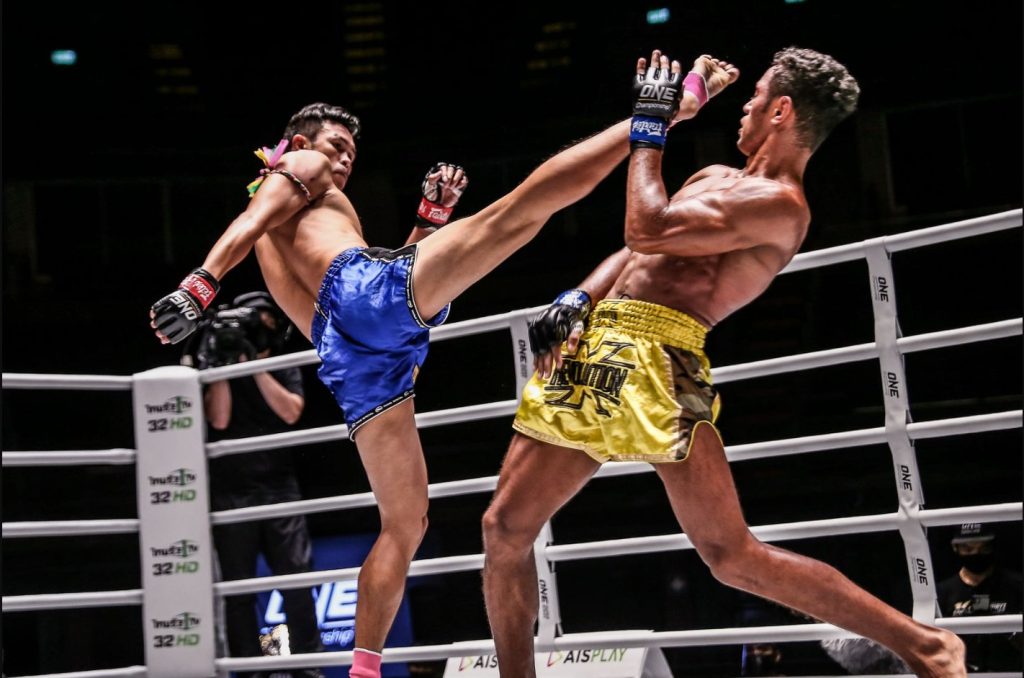
Muay Thai fighters undergo a very traditional and intense training regimen, often starting as young as age 8 in Thailand. Kickboxing training varies more by region and style, often incorporating more modern strength and conditioning techniques.
Kg Time: Training Approach
| Aspect | Muay Thai | Kickboxing |
|---|---|---|
| Focus | Technique, repetition, endurance | Combination drills, agility, fitness |
| Conditioning | Shin hardening, pad work, sparring | Bag work, circuit training, light sparring |
| Rituals | Wai Kru, prayer, respect to gym | None or limited |
Global Influence
| Influence Area | Impact |
|---|---|
| MMA | Fighters learn Muay Thai for clinch and knees |
| Kickboxing | Integration of low kicks, knee strikes |
| Self-defense | Muay Thai favored for real-world applications |
Is Muay Thai a Type of Kickboxing?

So, is Muay Thai technically a type of kickboxing?
Yes and no.
- ✅ Yes, in the sense that Muay Thai is a striking sport involving kicks and punches, and is often grouped under the broader category of kickboxing.
- ❌ No, because Muay Thai is its own martial art with unique techniques, rules, and cultural heritage, distinct from other kickboxing styles.
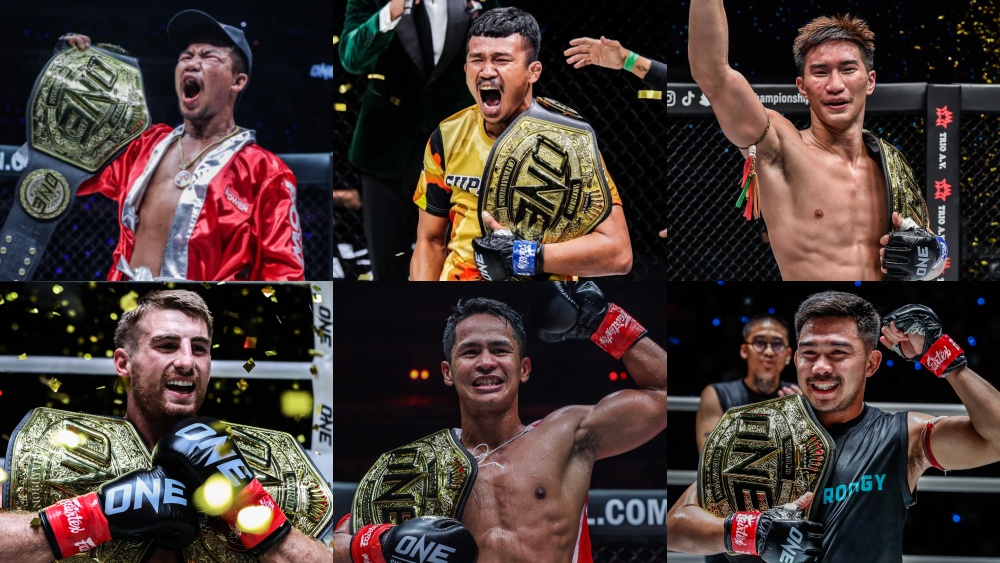
While Muay Thai and kickboxing share some surface similarities, they are fundamentally different disciplines. Muay Thai stands out for its eight-point striking system, deep cultural traditions, and strategic clinch work, while kickboxing offers a more generalized, sport-focused approach with diverse styles.
Understanding the distinctions helps martial artists choose which path best suits their goals — whether that’s competition, self-defense, or cultural enrichment.
